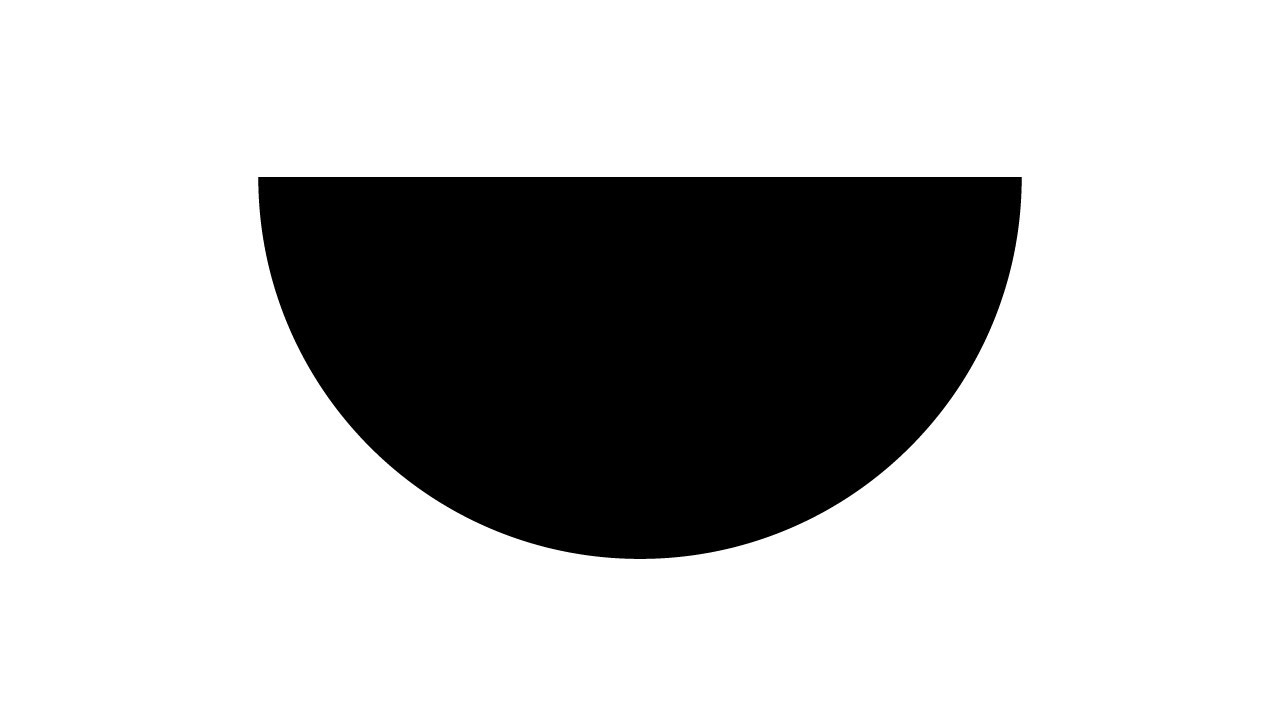

What are the coördinates of the vertex of this parabola? The right-hand side is the perfect square of ( x − 5). y + 2Ĭomplete the square by adding 9 to both sides: we will transpose the constant term, and complete the square on the right. What are the coördinates of the vertex of this parabola? y Again, we must make the equation look like this: Now, x 2 + 6 x + 9 is the perfect square of ( x + 3): To answer, we must make the equation look like this:

Write the equation of the parabola whose vertex is at a) (1, 2)Įxample 3. This is a translation of y = x 2 to ( a, b). Write the equation of the parabola (with leading coefficient 1) whose vertex is at the point ( a, b).Īnswer. This is equivalent to y − 1 = − x 2, which is the reflected parabola translated 1 unit up.Įxample 2. It has been translated 4 units left and 3 units down. To cover the answer again, click "Refresh" ("Reload"). To see the answer, pass your mouse over the colored area. The graph of the absolute value has been translated 3 units up, but 5 units to the left.

In the example above, the argument of | x| becomes x − 3.Įxample 1. When f( x) is translated a units horizontally, then the argument of f( x) becomes x − a. Vertically, then the equation of the translated It might seem ridiculous that English had to borrow a “half” prefix from three different places, but if it didn’t we wouldn’t get to have a word like hemidemisemiquaver-that’s a 64th note, in other words, a half of a half of a half of an eighth note, which is so much less fun to say than hemidemisemiquaver.Is translated a units horizontally and b units It also picked up the sense of “virtual” or even “lesser.” A demigod, after all, is not quite the real thing. It also held sway in other specific domains, such as military ( demi-brigade) and fashion ( demi-cap, demi-lustre, demi-worsted). DEMIĭemi is from the French for “half.” It was first used in English in heraldry, where things like demi-angels, demi-lions, demi-horses show up. This is not obvious for the most common hemi- word, hemisphere (since a sphere is symmetrical all the way around), but a hemicylinder, is not just half a cylinder, it’s the half cut lengthwise, and hemiplegic doesn’t just mean half the body is paralyzed, but the right or left half ( paraplegic is the term for when only the lower half is paralyzed). Its sense of “half,” more than semi-, implies a lengthwise axis of symmetry. Hemi- is from the Greek for “half.” It is less common than semi-, and it is associated more strongly with technical language in fields like chemistry, biology, and anatomy. It’s easy to see what a half circle looks like, but what amount of “abstract” is “semi-abstract”? How permanent is “semi-permanent”? Through these less concrete uses, which proliferated wildly in the 1800s, semi- came to mean “virtually” or “somewhat.” 2. It was first used, with the straight sense of “half,” in the word semicircular, but soon attached to concepts that were harder to quantify. Semi-, from the Latin for “half,” is the most common and the earliest to show up in English. English has a number of prefixes that come from the concept of “half.” Why do we have so many? And what’s the difference between them? 1.


 0 kommentar(er)
0 kommentar(er)
